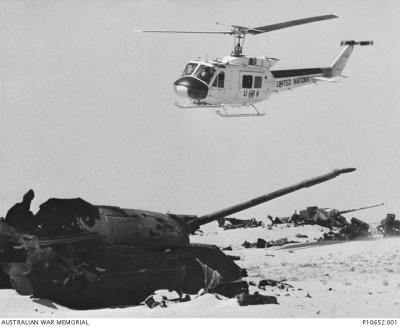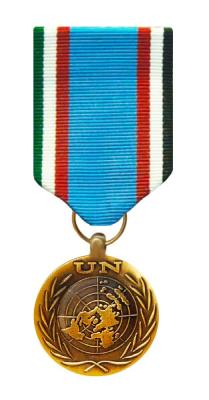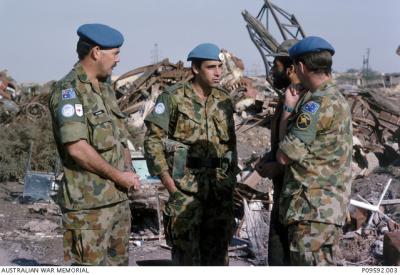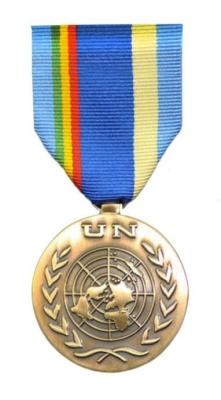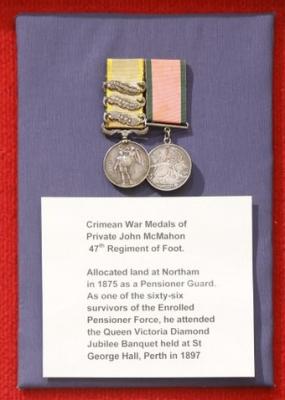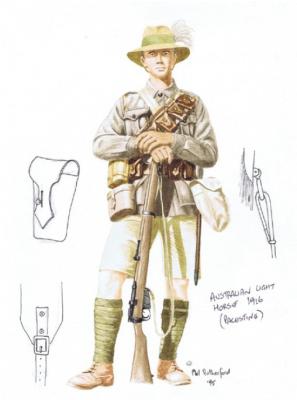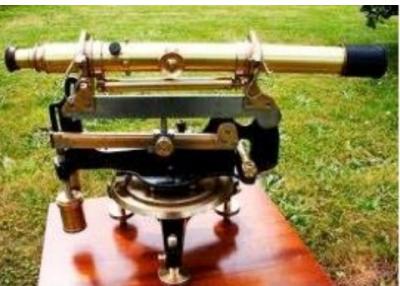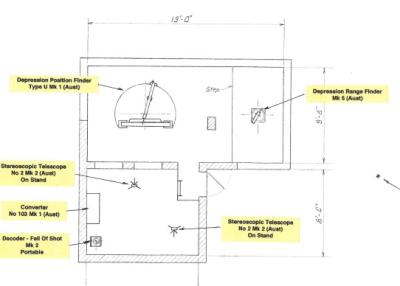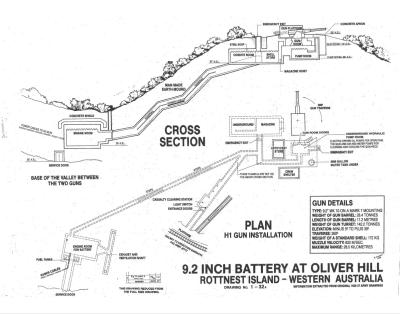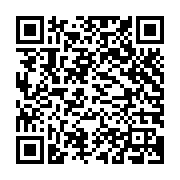Post 1945, Australia, Soldier's Field Equipment Display, 1990 - 2010
This is a representation of the equipment typically carried by an Australian soldier in the field circa 1990-2010. Aside from changes in the camouflage pattern, the equipment carried by today’s modern soldier is very similar.
The equipment carried by individual soldiers varies depending on mission, terrain, weather and, in some cases, personal preference.
Every soldier carries webbing, which contains ammunition, water, rations and mission essential survival gear such as first aid dressings for gunshot wounds. Whilst in the field, soldiers carry their webbing throughout the day and are never more than one-arm’s length away from it, or their personal weapon. During operations when live ammunition is carried, the typical weight of a soldier’s webbing is around 10-12kg.
Over the top of the webbing, soldiers carry their large field pack, which contains day-to-day items such as sleeping bag, spare uniforms, shelter (hootchie, a name derived from the word for house or hut during the Vietnam War) and additional rations and ammunition. Depending on the mission, a soldier can operate without his or her large field pack for up to 24 hours. The large field pack can vary greatly in weight, from 20-35kg.
In addition to the webbing and field pack, a soldier will also have their personal weapons and may also be required to carry additional items such as spare ammunition for the section machine gun, mortar ammunition or radio batteries.
Details
Details
A – Water bottles. Soldiers normally carry a minimum of two water bottles in their webbing and an additional six to eight bottles in the field pack.
B – Canteen cups. Two are normally carried – one for drinking/eating and one for shaving/washing.
C – Hexamine stove and tablets. Compressed, solid fuel that is stored inside a folding stove. Used for cooking and boiling water.
D – Dixies. Two aluminium panniers with folding handles that can be used for cooking and as plates. Generally not carried by front-line soldiers, but popular with those in the rear echelon.
E – Combat Ration Packs. Each ration pack provides food and other items (such as matches, toilet paper etc) for 24 hours. Each soldier typically carries three days’ rations but this can vary depending on the mission duration and likelihood of resupply during the mission. It is not unusual for soldiers to carry seven days’ rations.
F – Sewing kit. Soldiers are expected to maintain their uniforms and equipment while in the field, and this includes repairing ripped clothing.
G – Gas mask and NBC suit. In an environment where exposure to Nuclear, Biological or Chemical warfare is a possibility, each soldier carries a mask and suit (including gloves and overboots) to prevent exposure.
H – Helmet with mounting plate for night vision equipment.
I – Toggle rope. Used for a variety of tasks such as constructing field expedient stretchers for casualty evacuation. Approximately 2m long rope and normally carried on the webbing.
J – Entrenching tool. Folding shovel that can be used for digging latrines and trenches for protection.
K – Machete. Used for cutting saplings for field expedient stretchers for casualty evacuation or for clearing light foliage. Sometimes replaced, or augmented by, a set of secateurs in jungle environments.
L – Section first aid kit. Normally carried by the section 2IC, this first aid kit holds medicine and equipment to treat minor ailments and injuries to sustain life until the arrival of a combat medic. In addition to this, most soldiers carry a small personal first aid kit to deal with cuts and scrapes.
M – Individual shelter or “hootchie”. Waterproof sheet which can be erected in a variety of configurations to provide shelter from rain, sun or wind. These can be clipped together to create a larger shelter. You can see an unfolded hootchie on the back wall of this display.
N – Mosquito net. Used in tropical environments to prevent vector borne diseases such as malaria and dengue fever.
O – Milbank filter. Used in conjunction with chlorine tablets for purifying water by filtering it through the bag. When resupply is not readily available in the field, soldiers are required to find and purify drinking water from natural resources.
P – First Aid Dressing. Padded bandage used to treat major injuries such as gunshot wounds. Normally carried in the webbing.
Q – Insect repellent (green bottle), mite repellent (grey bottle) and foot powder for treating trench foot and tinea.
R – Sleeping mat. This is a self-inflating sleeping mat, favoured by soldiers for its superior comfort and insulating properties. Some soldiers carry closed-cell foam mattresses as displayed on the mannequin.
S – Sleeping bag and gortex bivvy bag. This is an Army issued dacron sleeping bag, but many soldiers choose to purchase their own sleeping bags. A warm-weather alternative is the poncho liner hanging from the right hand wall of this display. Gortex bivvy (bivouac) bags are popular with many soldiers as they provide a waterproof, breathable shell around the sleeping bag.
T – Spare uniform, undergarments and socks. On extended patrols, soldiers carry spare items so they can change into a dry uniform at night for sleeping. All items carried in the field pack need to be waterproofed, usually inside zip-lock bags or garbage bags.
U – Personal hygiene kit. Personal hygiene in the field is vital. Soldiers normally carry a small container of items to allow them to shave, brush their teeth and keep themselves as clean as possible.
V – Wet weather gear. A wet weather jacket with fleece liner (shown on the left hand wall of this display) and waterproof pants are an essential part of a soldier’s kit. However, during strenuous activity such as patrolling, these need to be removed in order to prevent overheating, so a soldier rarely manages to stay dry in the field if it is raining!
Open in Google Maps
Nearest geotagged records:
- Universal (Bren Gun) Carrier (0km away)
- World War 1, Roll of Honour - Blackboy Hill Officers' Mess (0.01km away)
- ANZAC House Colored Glass Windows (0.01km away)
- 15 Pounder Field Gun 1898 (0.02km away)
- 2 Pounder Anti-tank Gun (0.02km away)
- Inter War, Australia Western Australia, 1929 (0.02km away)
- General Gordon Bennett's office desk, Perth College, 1942 (0.02km away)
- World War 1, Honour Board, Municipality of North Fremantle. (0.02km away)
- German 10.5 cm Field Gun leFH 16 (0.02km away)
- 10 Light Horse Regiment - Guidon (1928 Presentation) (0.02km away)
Nearby places: View all geotagged records »
Australian Army Museum of Western Australia
Australian Army Museum of Western Australia
Other items from Australian Army Museum of Western Australia
- Post 1945, South West Asia, Sinai, Peacekeeping, United Nations Emergency Force II, 1976 - 79
- Medal, Post 1945, Peacekeeping, United Nations Iran-Iraq Military Observor Group, 1988 - 1991
- Post 1945, Iran and Iraq, Peacekeeping, United Nations Iran-Iraq Military Observor Group, 1988 - 1991
- Medal, Post 1945, Peacekeeping, United Nations Multidimensional Integrated Stabilization Mission in Mali (MINUSMA), 2013 - 2023
- Medal Group, Pre 1914, Crimea, McMAHON, Western Australia Pensioner Guard
- World War 1, South West Asia, Sinai, Light Horse,1916
- Post 1945, Western Australia, Combat Ration, 2005
- World War 2, Western Australia, Rottnest Island, Coast Artillery Instrumentation, Depression Range Finder
- World war 2, Western Australia, Rottnest island, Jubilee Observation Post, Layout, 1942
- World War 1, Western Australia, Rottnest Island, Oliver Hill, H1 Gun Layout
- World War 2, Western Australia, Rottnest island , Coast Artillery Instrumentation, Radio Direction Finder Towers
- World War 2, Eastern Mediterranean, North Africa Theatre, Polish Peaked Caps (Rogatywka)
